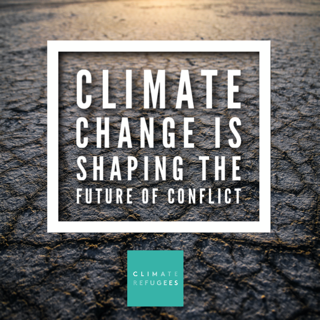Ugandan Hospital, Somali Town Washed Away by East Africa Floods
Hundreds have died and thousands are displaced across Kenya, Uganda, Somalia, Rwanda and Ethiopia. Another hospital in western Uganda was flooded, hospital wards, drug dispensaries and mortuaries have been impacted, further complicating planning and response to COVID-19, and increasing contagion risks with mass displacements that don’t allow for social distancing. Ethiopia’s Somali region has more than 100,000 people displaced, while casualties are unknown in the Somali town in Puntland, which washed away the entire town. Climate experts in Kenya say the heavy rains are due to the increased temperatures in the Indian Ocean and are a spillover of effects seen last year, when heavy rains and landslides impacted the region. Kenya has lost nearly 200 people and 100,000 are displaced, now living in camps, where authorities fear coronavirus spread could increase as a result. (Reuters)








